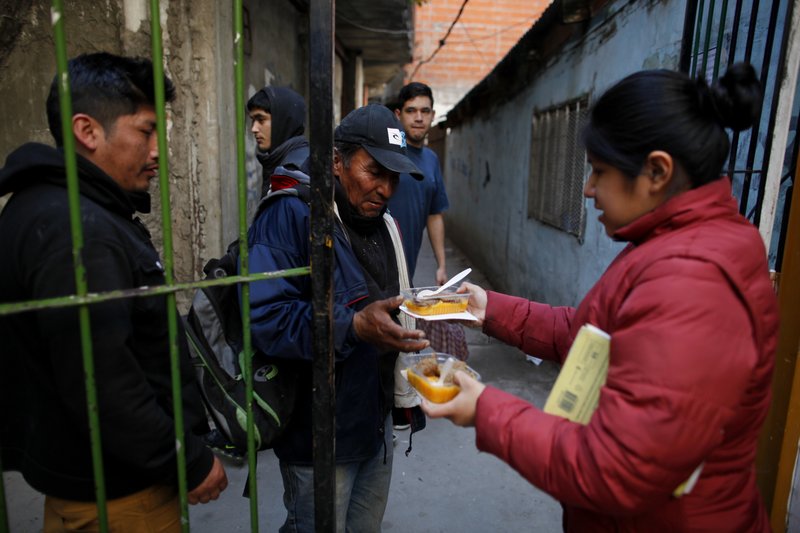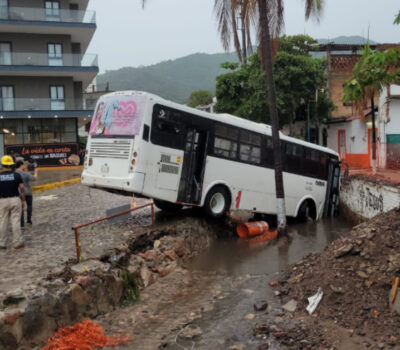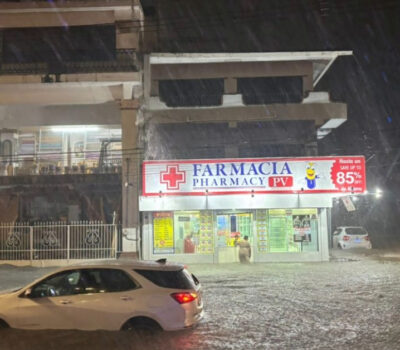The Argentina crisis has people struggling in what was once one of the world’s most prosperous nations. Prices are soaring, high unemployment and the Argentine peso has plunged.
Men wait outside the metal-grill door of a soup kitchen in a slum, hoping to get a small serving of beef and mashed potatoes. At a barter market on the capital’s outskirts, a woman tries to persuade another to exchange for her granddaughters’ tiny shoes.
Argentines are struggling in crisis in what was once one of the world’s most prosperous nations. Consumer prices are soaring, unemployment is high and the Argentine peso has plunged, bringing back haunting memories of the country’s economic meltdown in 2001 that pushed millions into poverty.
A growing number of people arrive at the “Happy Kids” soup kitchen in the Villa 1-11-14 shantytown, where servers try to stretch out steaming pots of stew because many more than expected are lining up for food.
“The city government gives us money for 440 rations a day, but we’re being forced to prepare smaller portions so that we can cover 600 rations,” said Cintia Garcia, who runs the soup kitchen.
A series of events battered the economy.
First, a severe drought damaged crop yields in the world’s third-largest exporter of soybean and corn. The situation worsened beginning in the first quarter of 2018 as world oil prices increased and then interest rate rises in the United States led investors to pull dollars out of Argentina.
That caused jitters among Argentines, who have stashed away dollars as a cushion since the 2001 economic implosion, and a rush to buy scarcer dollars pushed the peso’s value down. Despite several interest rate hikes by the Argentine Central Bank, the peso has lost more than half its value in less than a year.
President Mauricio Macri had to seek a $50 billion loan from the International Monetary Fund. Last week, he announced a series of austerity measures, including new taxes on exports and the elimination of several government ministries. He said he would allocate more economic aid and strengthen food plans for poor Argentines.
With unemployment around 9 percent and consumer prices surging, some Argentines are again turning to barter clubs, which first emerged during the collapse nearly two decades ago.
The tumbling peso has pushed up prices for fuel and, in turn, transportation costs. That has affected food prices in a country where most grains and other goods are transported in trucks. Inflation is expected to reach an annual rate of more than 40 percent this year, the Central Bank says.
“To make doughnuts a month ago, I used to spend 150 pesos (almost $4) for oil and seven bags of flour. Now it’s more than 400 pesos,” complained Gladys Jimenez.
Jimenez, who is from Paraguay, is one of those who rely on the “Happy Kids” soup kitchen in Villa 1-11-14, a slum crowded with tens of thousands of Argentines and immigrants from neighboring countries.
The price of beef has also increased in one of the world’s top meat-consuming countries. Nicol Alcocer, a teenager who attends an educational workshop where the food is distributed in the slum, said that previously she would eat roast every Saturday. “Now it’s every four months,” she said.
The rapid fall in the peso brings frequent boosts in the prices charged by vendors, leading to anger. Some slum dwellers recalled that when the peso recently fell to 40 to the dollar, they lined up at small local stores but the owners refused to sell to them.
“I told my husband: ‘Let’s go buy.’ People were all riled up seeing that businesses were closed,” said Martina Bilbao. “I remember the looting of 2001 … and I think it’s going to happen again.”
The crisis 17 years ago was so bad that one of every five Argentines was out of work and more than half of the population fell into poverty. The peso, which had been tied to the dollar, lost about 75 percent of its value.
Banks froze deposits and barricaded behind sheet metal as thousands of protesters unsuccessfully tried to withdraw savings. More than 20 people died in protests and looting that swept Argentina in December 2001 as Latin America’s third-largest economy unraveled and eventually defaulted on a debt of more than $100 billion.
The current economic woes are far from that collapse. But analysts say that poverty, which affects about a third of the population, will rise this year, and the economy will take a dive.
Those forecasts are far from the promises of Macri. The conservative president took office in 2015 vowing that he would revive Argentina’s weak economy and end poverty.
Although his market-friendly reforms were initially praised by international investors, who said they laid the groundwork for growth, they also brought pain to the country’s poor and stoked labor unrest.
Since taking office, he has laid off thousands of state workers and cut energy subsidies, sending utility bills and bus fares soaring. Macri also dropped the previous government’s foreign exchange controls, ushering in the sharp devaluation of the peso.
Many of Argentina’s poor live in slums known as “misery villages,” where they often lack access to transportation, running water or sewage. Argentina’s northern regions have chronically high rates of child malnutrition, even though the country remains a top global grain supplier.
On a recent day, dozens of women gathered at a barter market in the outskirts of Buenos Aires to trade everything from pants and cosmetics to toys, bags of rice and cooking oil.
“We’ve gone back to the same as before. We’ve gone back to bartering,” said Lucia de Leon, who had a table where she offered to trade canned food and used shoes.
The Argentina crisis has people struggling in what was once one of the world’s most prosperous nations . . .












